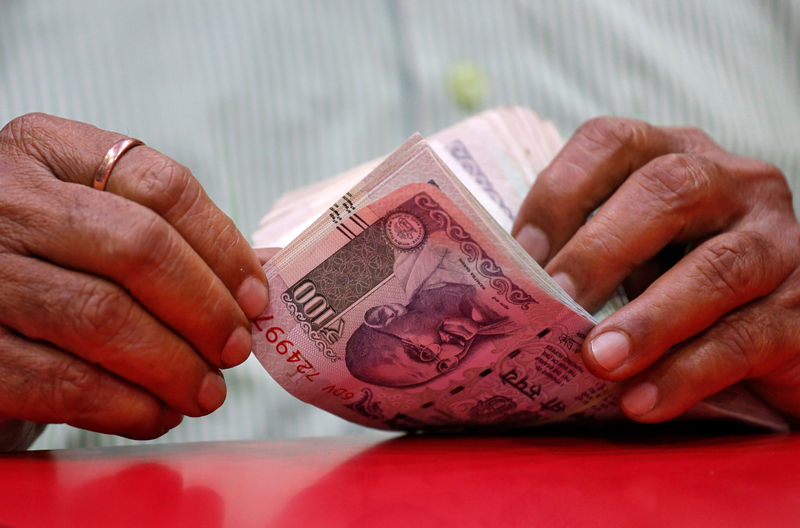Chinese chip stocks jump as Beijing reportedly warns against Nvidia’s H20
Indian rupee experienced its most significant weekly gain against the U.S. dollar in 19 months, attributed to the Reserve Bank of India (NSE:BOI)'s (RBI) substantial intervention in the foreign exchange market.
According to Reuters, the rupee's ascent was a response to the central bank's aggressive actions to stabilize the currency, which included selling dollars to curb speculative trading.
The rupee closed at 86.8225 per dollar, marking a slight 0.1% increase from the previous session's 86.8975. However, the currency's weekly rise of 0.7% was its largest since mid-July 2023, showcasing a notable turnaround after recent pressures. Earlier in the week, the rupee had dipped to an all-time low of 87.95 against the dollar, prompting the RBI to intervene by selling dollars in the spot market.
Estimates from DBS Bank and Goldman Sachs suggest that the RBI sold approximately $10 billion to $11 billion, a move that caught the market off guard due to the central bank's reduced activity since Sanjay Malhotra took over as governor in mid-December.
Amit Pabari, managing director at FX advisory firm CR Forex, commented, "The RBI's firm and calculated measures, are expected to cushion volatility and provide the rupee with a firmer footing."
The rupee is anticipated to trade within the 86.60–87.20 range in the near term. This week saw an increase in near-term forwards, while far forwards declined, a result of the RBI's buy/sell swaps.
In the broader Asian currency market, most currencies saw gains on the day. This positive sentiment was partly due to the relief that U.S. President Donald Trump's reciprocal tariff plan would not be implemented immediately.
Concurrently, the dollar index fell by 0.8% to its lowest in over two weeks on Friday, as U.S. Treasury yields decreased and Wall Street rallied overnight.
This article was generated with the support of AI and reviewed by an editor. For more information see our T&C.
